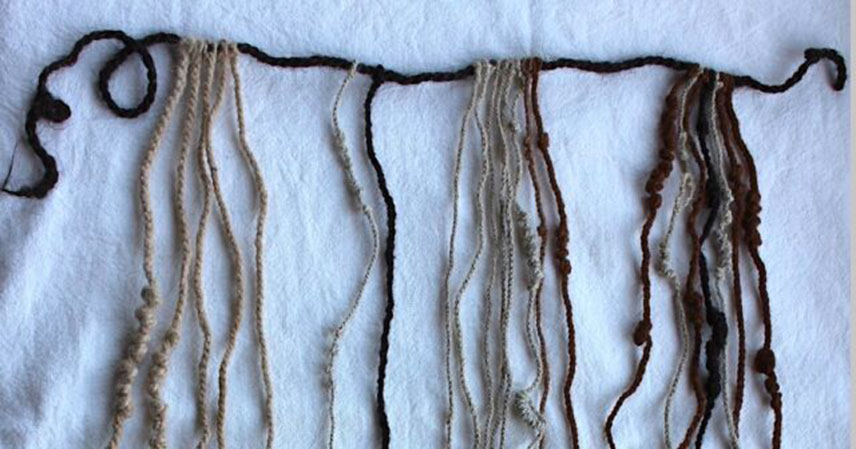For centuries, the intricate knotted cords known as khipu have captivated researchers, offering a glimpse into the sophisticated record-keeping system of the Inca Empire. Traditionally viewed as the exclusive domain of elite bureaucrats, a groundbreaking new study challenges this long-held assumption, suggesting a far wider understanding of this complex numerical system amongst the Inca population.
This fascinating discovery sheds light not only on the Inca civilization’s administrative prowess but also on the potential for widespread literacy and numerical skills within their society. The implications of this research are profound, rewriting our understanding of Inca social structures and intellectual capabilities.
What Were Khipu? 🤔
Khipu were complex systems of knotted cords used by the Inca to record information. Different colors, knot types, and the placement of knots represented numbers, objects, and even possibly narrative information. Think of them as a sophisticated form of pre-Columbian data storage and retrieval system, far more advanced than simple tally marks.
These weren’t just simple knots; the placement, size, and type of each knot held specific meaning, creating a complex code that allowed Inca record-keepers to track a vast amount of data, including population counts, tax records, agricultural yields, and even potentially historical events or stories.
The Traditional View of Khipu Experts 👑
For a long time, scholars believed that only a highly specialized and elite class of Inca bureaucrats understood and used khipu. This assumption was largely based on the complexity of the system and the beautifully crafted examples that have survived to this day. These exquisitely made khipu, often featuring vibrant colors and intricate knotting, were assumed to be the work of highly skilled professionals.
The belief in an exclusive elite was reinforced by colonial accounts that often portrayed the Inca civilization as rigidly hierarchical, with a small group of powerful individuals controlling all aspects of society. This perspective heavily influenced early interpretations of khipu and their significance.
The Groundbreaking New Research 🔬
A recent study by University of St. Andrews archaeologist Sabine Hyland and her colleagues has challenged this traditional view. The researchers analyzed a beautifully crafted khipu, dating back to around 1498 CE, expecting it to be the work of a high-ranking official given its intricate design. However, analysis of hair strands found on the khipu revealed a surprising finding.
The presence of hair on the khipu suggests that it was likely handled by a wider range of individuals than previously thought. This finding implies that the knowledge and skills necessary to understand and create khipu were not limited to a select few, but were potentially more widespread within Inca society.
Implications of the Discovery 🌍
This research has significant implications for our understanding of Inca society. It suggests a higher level of literacy and numerical understanding among the general population than previously assumed. The ability to interpret and create khipu implies a level of education and training that extends beyond the elite class.
It also challenges the traditional narrative of a rigidly stratified Inca society, suggesting a more nuanced and complex social structure. The widespread understanding of khipu could have facilitated greater participation in administrative tasks and economic activities across different social strata.
Key Takeaways 🔑
- Khipu were sophisticated knotted cords used by the Inca to record vast amounts of data.
- Traditional views suggested only elite bureaucrats understood khipu.
- New research analyzing hair on a khipu indicates wider knowledge of the system.
- This suggests greater literacy and numerical understanding within Inca society.
- The discovery challenges traditional views of Inca social stratification.
The discovery of widespread khipu knowledge adds a new layer to our understanding of the Inca civilization. It highlights the importance of continued research, such as the recent discovery of a Maya king’s tomb in Caracol, reminding us that the past is often far more complex than we initially imagine. The Inca’s ingenious system of record-keeping continues to reveal its secrets, offering valuable insights into a remarkable civilization.
Source: Incan numerical recordkeeping system may have been widely used



